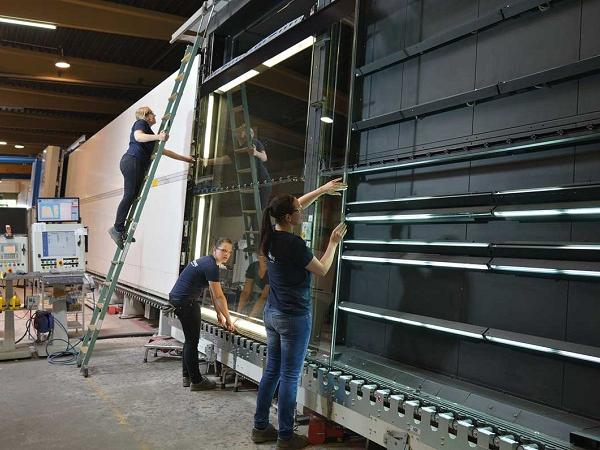
Date: 6 August 2018
Economical production is only possible if everything runs smoothly, from cutting to shipping. If there are chronic jams at individual workstations, the processor should check whether the software can keep the workflow constant. Here's what optimized throughput looks like.
Occasionally, there can certainly be varying opinions about whether there is optimization potential in insulated glass production. But if, despite great activity, there is a harp rack jam in cutting while bored employees are standing around the insulated glass line because no glass is arriving – then it's likely that something isn't quite right.
If in addition employees in shipping are constantly running around with papers searching for finished units and they have to move things around and store things temporarily instead of packaging, then something is really wrong.
If only this were so easy to detect. But in the end, the figures tell the story. Is throughput in production OK? As an operation with a similar product line, are your delivery times longer than those of your competitors? How high is the complaint rate? And does the operation sometimes produce orders for which it earns nothing?
If operations detect problems here, it's time to look into the causes in order to bring them back into the green zone. For with the current market situation, there is a real danger that you won't be able to keep up with the competition.
The recipes for optimizing unprofitable production are as many and varied as the companies affected. Somebody who produces 7000 insulated glass units a day works differently than a company that produces 400 units a day. Somebody who produces products other than insulated glass must master significantly more complex processes from cutting to shipping.
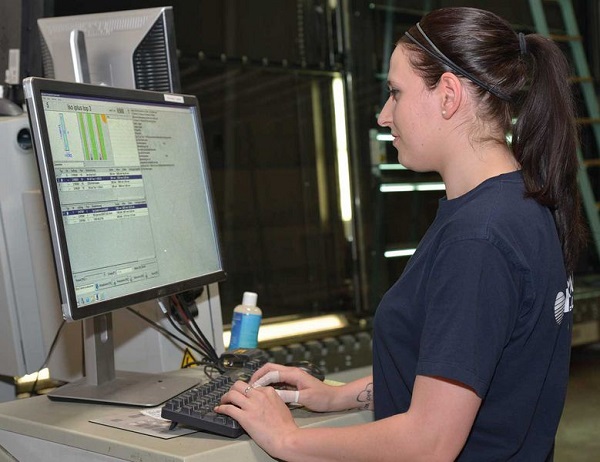
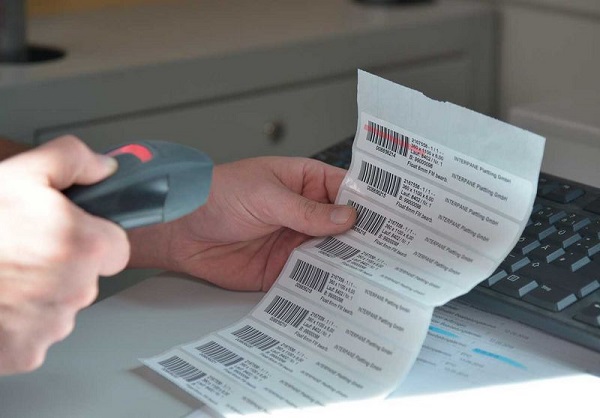
Nevertheless, there are basic requirements that no glass processor may ignore, regardless of its size, its product line, and the degree to which its production systems are automated.
Profitable production processes require perfectly organized cutting. You'll pay dearly for what you're doing wrong here in subsequent production steps.
Searching for glass, regardless of the production stage, must be the absolute exception! Searching is unproductive work and therefore wasted money.
The same applies for the manual resorting of glass. Glass must be available for follow-up processing and shipping in the right sequence in the right position in the right place after each production step. The only papers that belong in your insulated glass production are labels. The necessary information is displayed in goal-oriented fashion on production monitors.
Anyone who still perceives deficits in these areas shouldn't first consider system technology, but rather an intelligent, custom-tailored organization of production processes. Changes can be difficult and time-consuming depending on your starting point.
But during this optimization phase, it will become clear in many cases which machine technologies you require and what can be done just as well with human labor.
Networked production control
Intelligent production organization includes continuously networked plant data collection (PDC), for which barcode scanners and intelligent production terminals are essential – based on a reliable production database.
Only this way can lites be traced continuously, identified with certainty, their sequence changed, responses to customer inquiries about production status provided reliably, etc. And only then will the sight of workers re-measuring lites with furrowed brow be largely a thing of the past.
Example of lite orientation/coating position: with modern, complex lite constructions, especially the increasing share of 3-layer IGUs, workers on the line need clear visual information – it's expensive if a lite is installed incorrectly in an IG unit and this mistaken production is even delivered this way.
Comprehensive PDC combined with clear production monitors increases security and displays coating positions and reference edges reliably for workers on the IG line.
Example of bad lites: in case of breakage or damage, it is possible to use PDC to identify the bad lites quickly and with certainty. Thanks to networked processes, it is easy to set up a functioning breakage pool: The broken lite is 'read broken' at the appropriate workstation, the lite data is transferred in real time to cutting, and incorporated into the ongoing or next possible optimization. Generally, the remake can still be delivered with the intended route, or at least soon thereafter.
Thomas Knott, IT manager at Glas Schöninger, put it this way: "A+W Barcode Tracking has taken our entire production organization to a new performance level. Only this way are we in a position to truly organize ourselves efficiently without long information paths, complicated inquiries, and time-consuming re-makes. Previously, an employee frequently had to search racks for hours in order to find a sheet if he was not sure whether or not it had been produced yet. Today, he just looks in the system – done!"
"Previously, an employee frequently had to search racks for hours in order to find a sheet if he was not sure whether or not it had been produced yet. Today, he just looks in the system – done!"- Thomas Knott, IT-Leiter Glas Schöninger
Precisely in shipping, where finished products from the various departments and various insulated glass lines are combined and must be loaded correctly, identification and registration via bar code reading is enormously helpful. Since all PDC information is reported back the commercial system, the employees in order processing can always provide customers with an answer to the question "where is my lite?" – the specification of the order number or other identifying data is enough.
Production in the sequence requested by the customer
Delivery of the ordered IG units in the sequence specified by the customer is a matter of course today. If we want, as stipulated above, to avoid searching and hours of picking and resorting and instead to work productively, then all insulated glass production must be done in the sequence requested by the customer – the units are then packaged directly in the correct sequence on the shipping rack at the end of the line. Special programs such as the A+W Rack Optimizer ensure that the requested sequence and technical packaging restrictions are adhered to reliably.
However, this requires in turn that the entire production chain be regarded from the point of view of insulated glass production – for there should be no sorting at the infeed for the insulated production line, but rather constant feeding of the line: the correct sequence must be established in cutting.
Cutting organizes itself according to the requirements of IG production – and thus finally also of shipping. Optimization parameters are not determined from the point of view of cutting for optimal production organization, but instead according to the requirements of IG production, without compromising the material yield!
Automatic sorting
These highly complex, apparently contradictory requirements can best be united profitably, precisely in the case of larger production quantities, with automatic sorting systems controlled by optimization software.
The sorting system can be regarded as a transformer, which on the input side only recognizes the optimization criterion "minimum materials use" and on the output side consistently adheres to the criterion "optimal sequence."
Generally today, sorting systems are connected directly to the insulated glass line and the lites are fed constantly into the line without being touched by human hands.
The core of this process is the A+W DynOpt II real-time optimization, which controls and monitors the entire process. This is comprehensive cutting control, which optimizes all cost-relevant goals together.
Dr. Klaus Mühlhans, the "leading architect" of these logistics at A+W: "The entire focus of production is on IG production. In cutting, no more planning intelligence is required, this is handled automatically by DynOpt. Cutting is a constantly flowing feeder for IG production. Thanks to A+W DynOpt II, yield is not only much better, but especially results in much more flexible and intelligent control of the operation – for the benefit of the customer, who gets the perfect sequence with minimal delivery times."
Today, automatic A+W DynOpt-controlled sorting systems have established themselves not just at large producers, but also at medium-sized insulated glass operations.
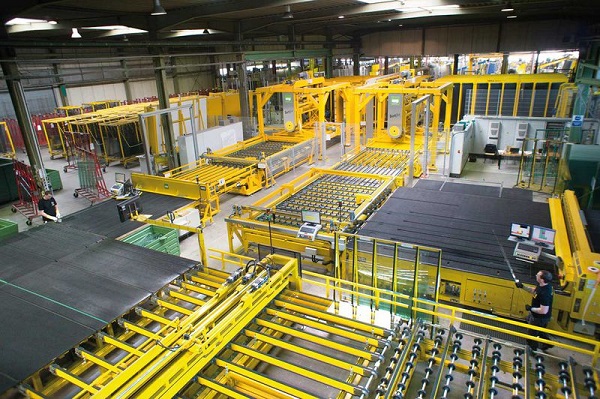
Smart factory: automatic packaging at the end of the line
With the appropriate software, it's just a small step from optimized manual direct packaging with 3D monitor display to robot packaging.
In 2008, A+W, together with its machine partners Hegla and Bystronic, implemented a highly automated insulated glass production system at a medium-sized insulated glass producer and Climalit partner. This system has A+W DynOpt-controlled fully automatic sorting in cutting and fully-automated robotic packaging at the end of the insulated glass line. The entire production, with approximately 640 units per shift, is run by four employees.
 600450
600450

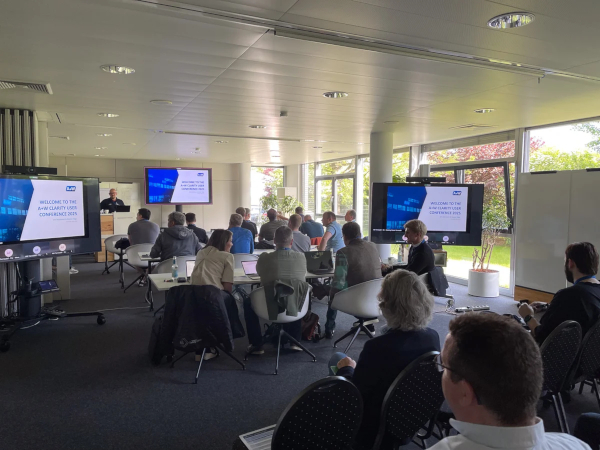


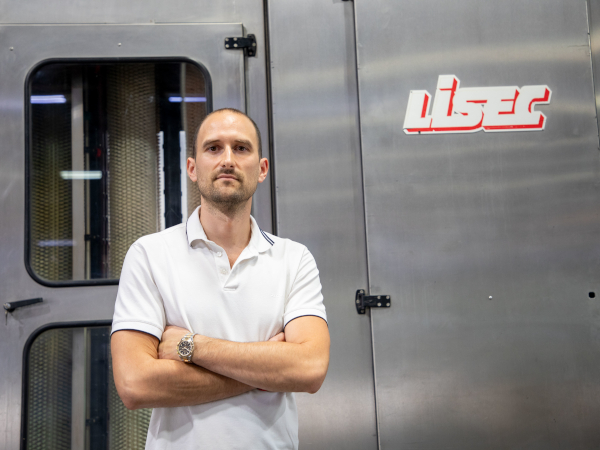
























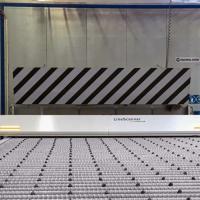
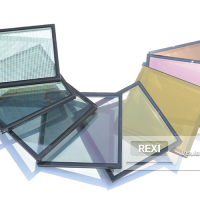
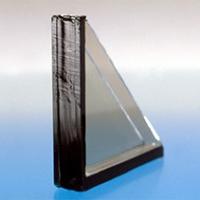
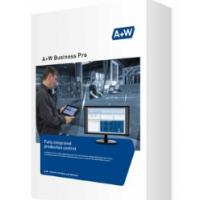
Add new comment